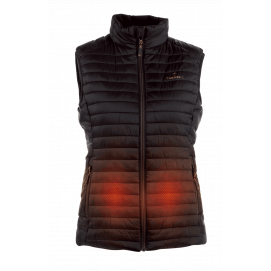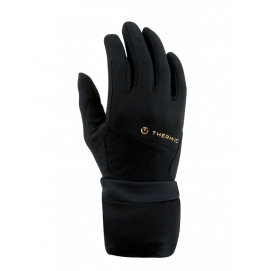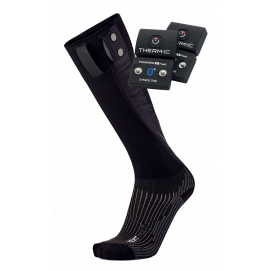 Brave the cold and cross Europe on foot Read more
Brave the cold and cross Europe on foot Read more Going on a microadventure!
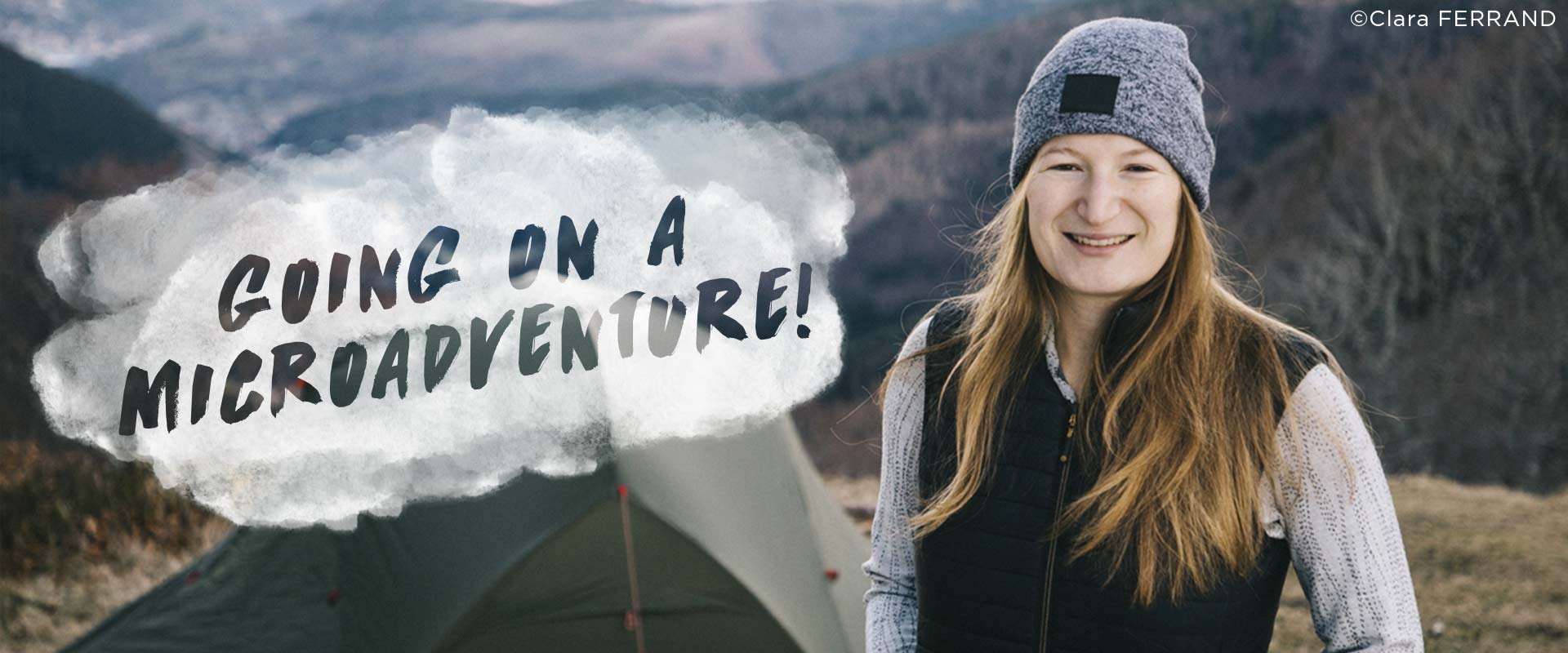
Let's drop everything and go on a microadventure! Does this seem like an unattainable dream? Well, it's not. It's definitely possible – even recommended – and you can start next weekend if you want! Microadventures are all the rage. The idea is to use a little route, budget and restrictions to experience big thrills, excitement and encounters. But microadventures aren't trivial experiences. Based on the principle that you don't actually need to travel thousands of miles for a change of scenery and a sense of wonder, this new type of escapade creates an opportunity to reconnect with the natural surroundings and area just beyond your doorstep. Let's rediscover the world around us with a simple, interested and humble approach.
Clara Ferrand is a photographer by profession and a passionate microadventurer. She travels all over France capturing the magical but fleeting moments that nature offers up to her camera lens. Here is her guide on how best to prepare for these multi-day hikes off the beaten track.
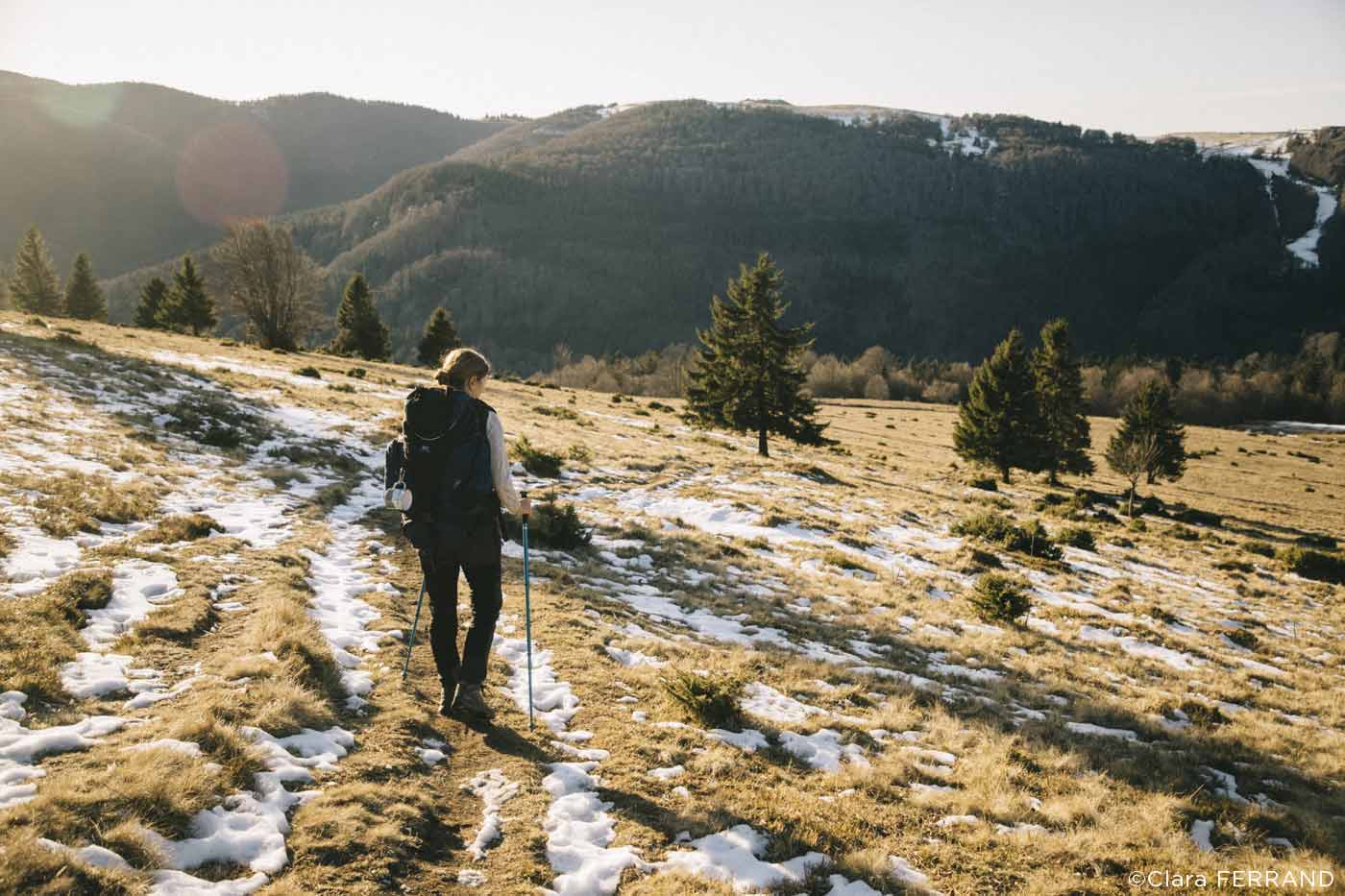
DON'T CONFUSE HIKING WITH MICROADVENTURE
"For a proper microadventure experience, you have to be aware that this is not just a hike – albeit off the beaten track. I see hiking as a way to explore a country while avoiding conventional tourist routes. Hikers seek out special places that few people will have the chance to discover because they don't think about, or don't want to reach, or can't reach, them. Microadventures take place over a longer period of time: a weekend. You start from your own home! And finish there too. You explore your region with your backpack on for several days, but not just by walking. You might cycle, canoe, etc."
GIVE YOUR MICROADVENTURE MEANING
"If hiking is a means, then microadventure is a real approach. It's a responsible approach from an economic and environmental point of view because a microadventure involves seeking out and experiencing a change of scenery close to home. Giving yourself the chance to be surprised by your local surroundings with delights of which you may not be aware. Reconnecting with nature, with your local area and with your roots. Being part of thinking about the climate at your own scale and doing your bit... It's also a little challenge you set for yourself: a physical and mental challenge because you're slightly out of your comfort zone. Test yourself to feel alive. If these projects don't go alongside a search for meaning, however small, then we obviously take much less pleasure in them."
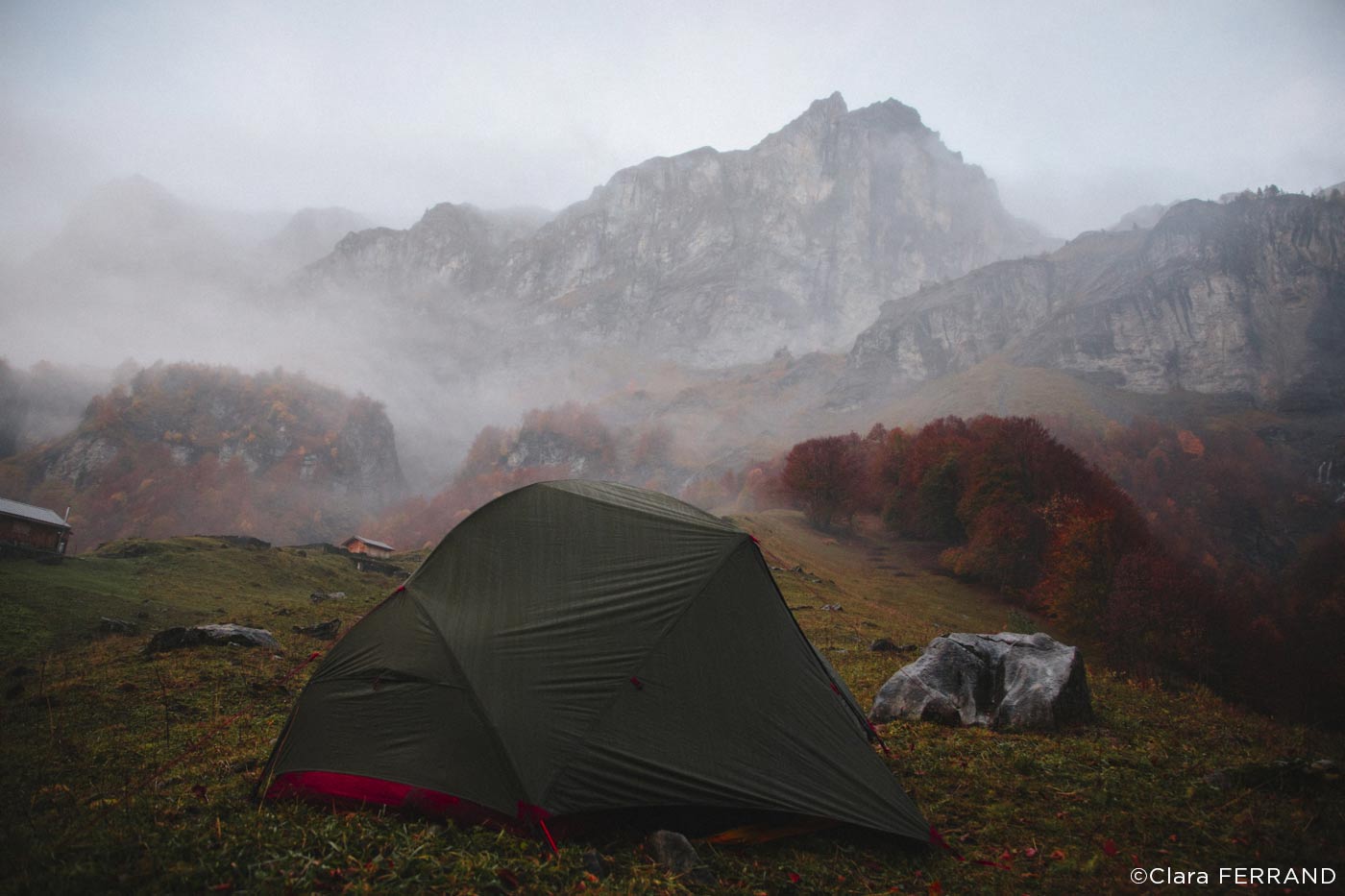
LIST WHAT YOU WANT TO DO
"Usually, when you get into the microadventure game, you won't be short of ideas. Creativity quickly arrives after a desire to get away from it all. With a little imagination and good sources of inspiration — I recommend Amélie Deloffre's book "2 jours pour vivre" — your travel notebook will soon be filled with ideas. Listing them makes it easier to see what's feasible in the short term depending on the season, your availability, your level of training and, above all, what you want to do."
Clara's To Do List:
- Spring tour of Belle-île-en-Mer
- Cross the Haut-Jura
- Provide training in setting up a bivouac in the heart of nature, especially for women worried about safety
- Alsace Wine Route by bike
- Bivouac at Lac d'Oô in the Pyrenees
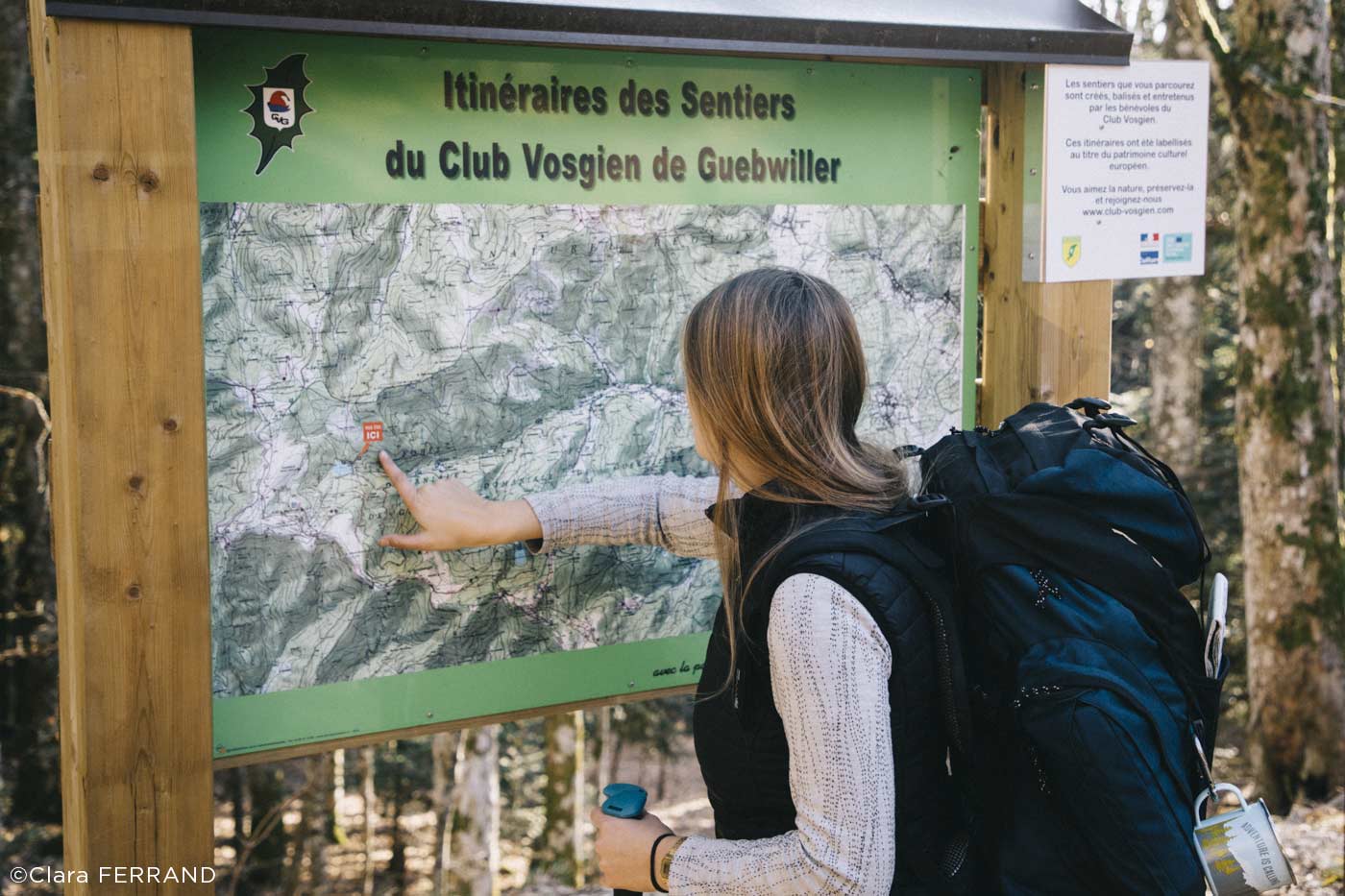
CAREFULLY PREPARE FOR YOUR MICROADVENTURE:
"You might not be too worried about preparation, thinking that you'll get advice when you're there: basically, go on an adventure and see what happens! This is not the way to do things. Microadventures are mainly about careful preparation, with a little room for improvisation.
I decide on the destination a month in advance. Then, two weeks before departure, I find out about the route to take and look for as much information as possible about logistics, shelter, water sources, dining options, etc. I go through guidebooks and online forums to do this. Finally, the day before I set off, I finish packing my bag after buying the last few things on my required equipment list."
IT'S IN THE BAG
"For a successful microadventure, you need the right bag – and therefore equipment. It's all about balance: you mustn't forget anything and should be prepared for any eventuality, but without overloading yourself. Overloading my bag is a mistake I made at the beginning. This is common among novice microadventurers. My advice is to go back to basics. Take a minimalist approach to avoid being weighed down and ensure you make the most of the experience. For example, I think it's pointless taking a book as you won't have time to open it over 2 or 3 days! »
Discover what's inside Clara's bag HERE
LISTEN TO THE WEATHER FORECAST
"I deliberately say listen to rather than look at the weather forecast because if conditions are bad, it's better to postpone than go ahead in miserable weather. It's not about abandoning your adventure at the slightest risk of rain, wind or snow, but being sensible. In terrible weather, a bivouac soon become very unpleasant – and even dangerous in the mountains."
HAVE A PLAN B
"Throughout the weekend, it's important to keep an eye on the weather forecast so you can adapt as needed. This is why I always find out about escape routes, a plan B, nearby shelter, shortcuts for the route and other prudent options just in case... These are things I can have up my sleeve if conditions become too difficult. Knowing I can use them makes me feel better. Similarly, I always tell someone where I'm going before I leave."
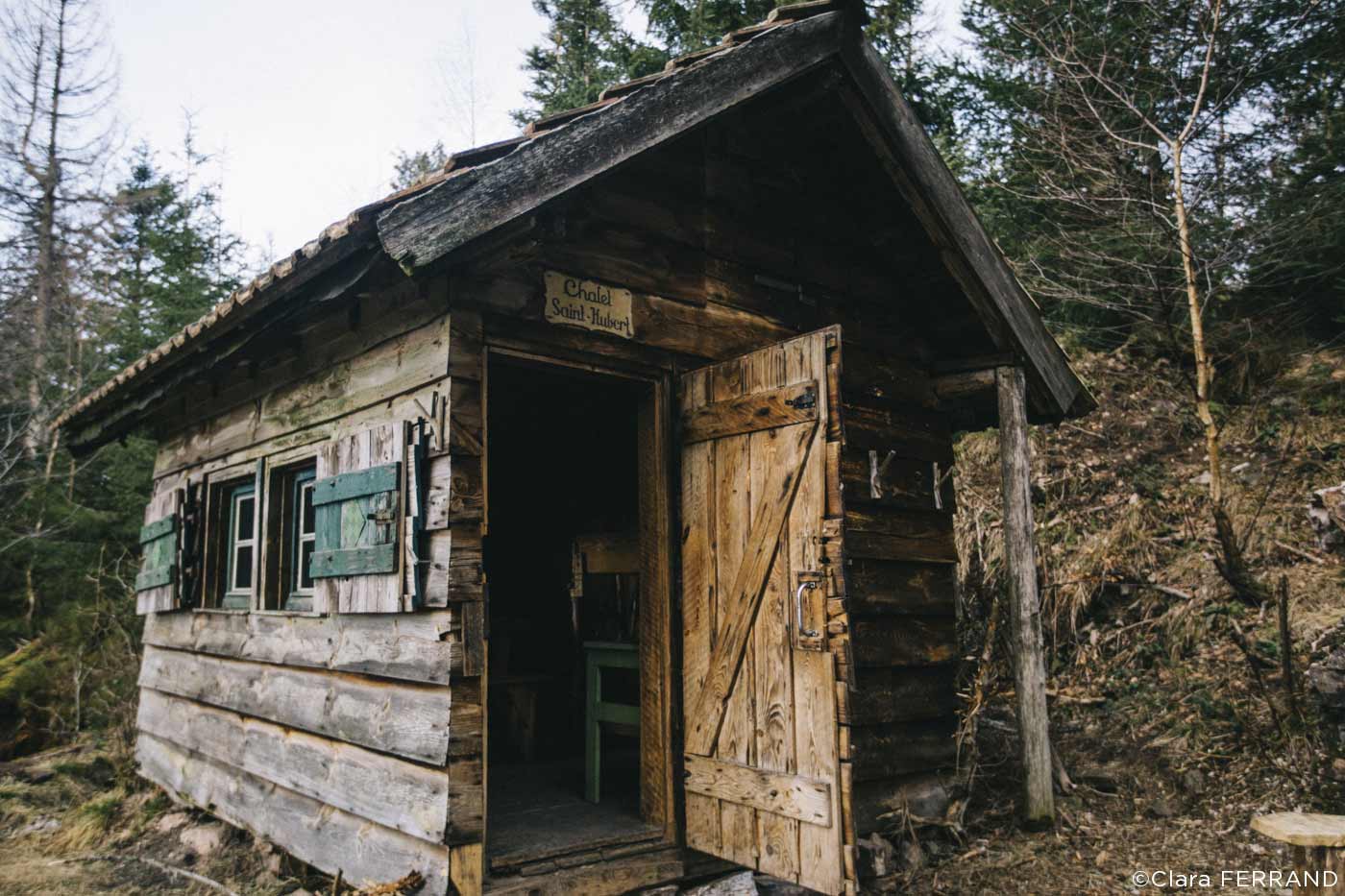
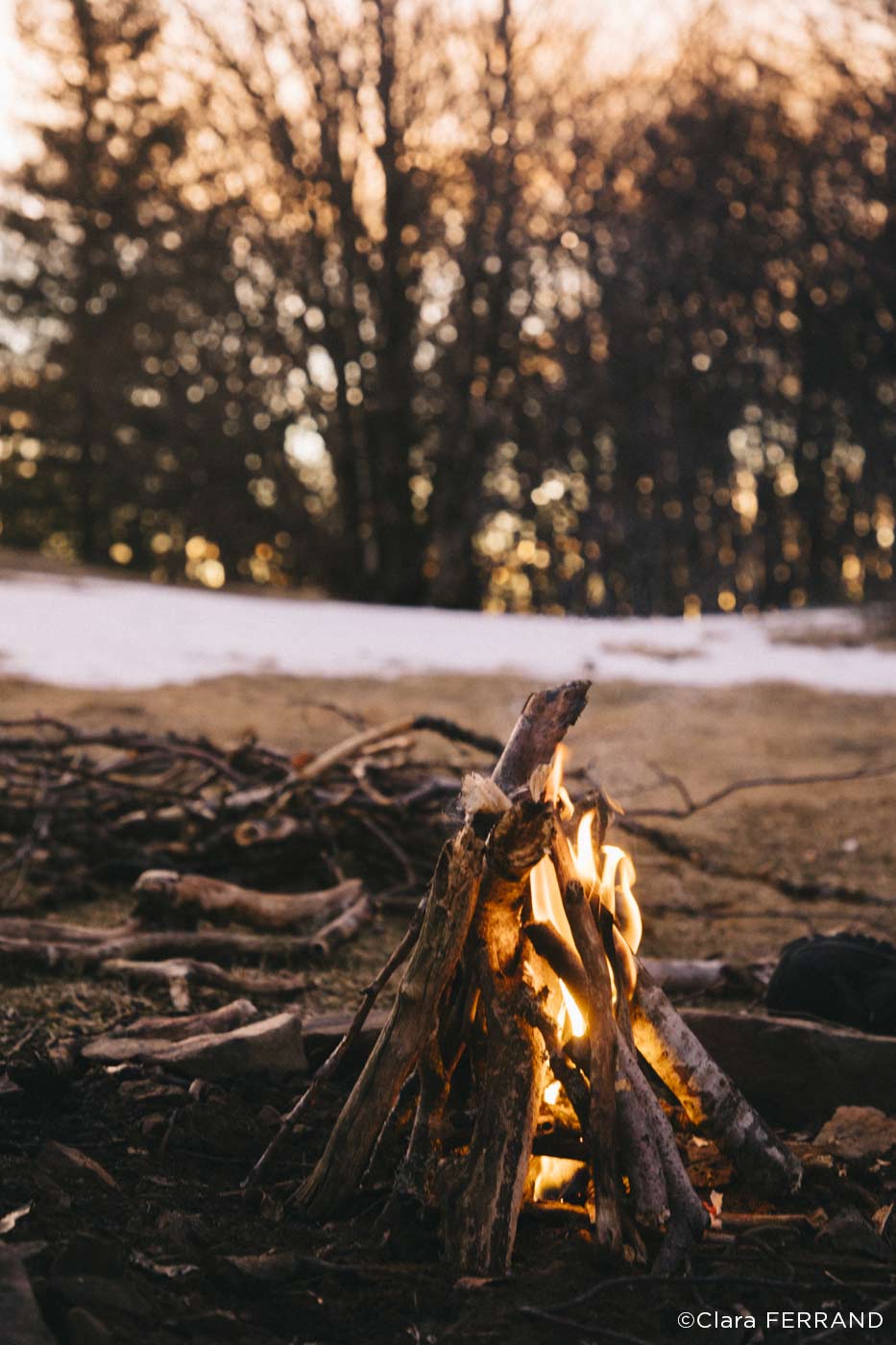
AVOID BEING TOO HOT TO PROTECT YOURSELF FROM THE COLD
"It may seem a bit paradoxical, but on your first few expeditions, you often tend to wear too much. This is understandable: we would all rather be too hot than too cold. But the result is that we regularly see hikers arriving at the summit completely soaked in sweat. A few minutes after they stop and rest, the moisture in the layers closest to their body becomes a serious enemy that cools them down faster. So, it's better to stop on the way up to take off a layer and let your body breathe than risk hypothermia on the way down."
KIT YOURSELF OUT AGAINST THE COLD
"In the mountains, while the heat is "just" unpleasant but manageable, the cold is actively dangerous, so it's an issue worth paying close attention to. Your equipment must be faultless and comprehensive. There are three key elements to combatting the cold during my microadventures:
My heated vest: My jacket is light, compact, versatile, lovely to wear because it fits so well and more... It's already very warm in itself, but in freezing weather I can turn on the batteries which instantly warm me up.
My thin gloves that convert into mittens: Ideal for me as a photographer! I can adjust my camera without having to take these thin gloves off. When I start walking again, they can be turned into cosy and water-repellent mittens.
My heated socks: These follow the same principle as the down jacket. They're very warm and comfortable and I can turn on the heating batteries if it gets too cold.
SHARE YOUR MICROADVENTURES
"Once your microadventure is over, why not spread the word? Become a microadventure ambassador. This is why I created the Wild Road blog: to share this passion and these magical experiences, and to encourage other hikers to go off the beaten track this way."
Discover the BLOG and the INSTAGRAM page of Clara
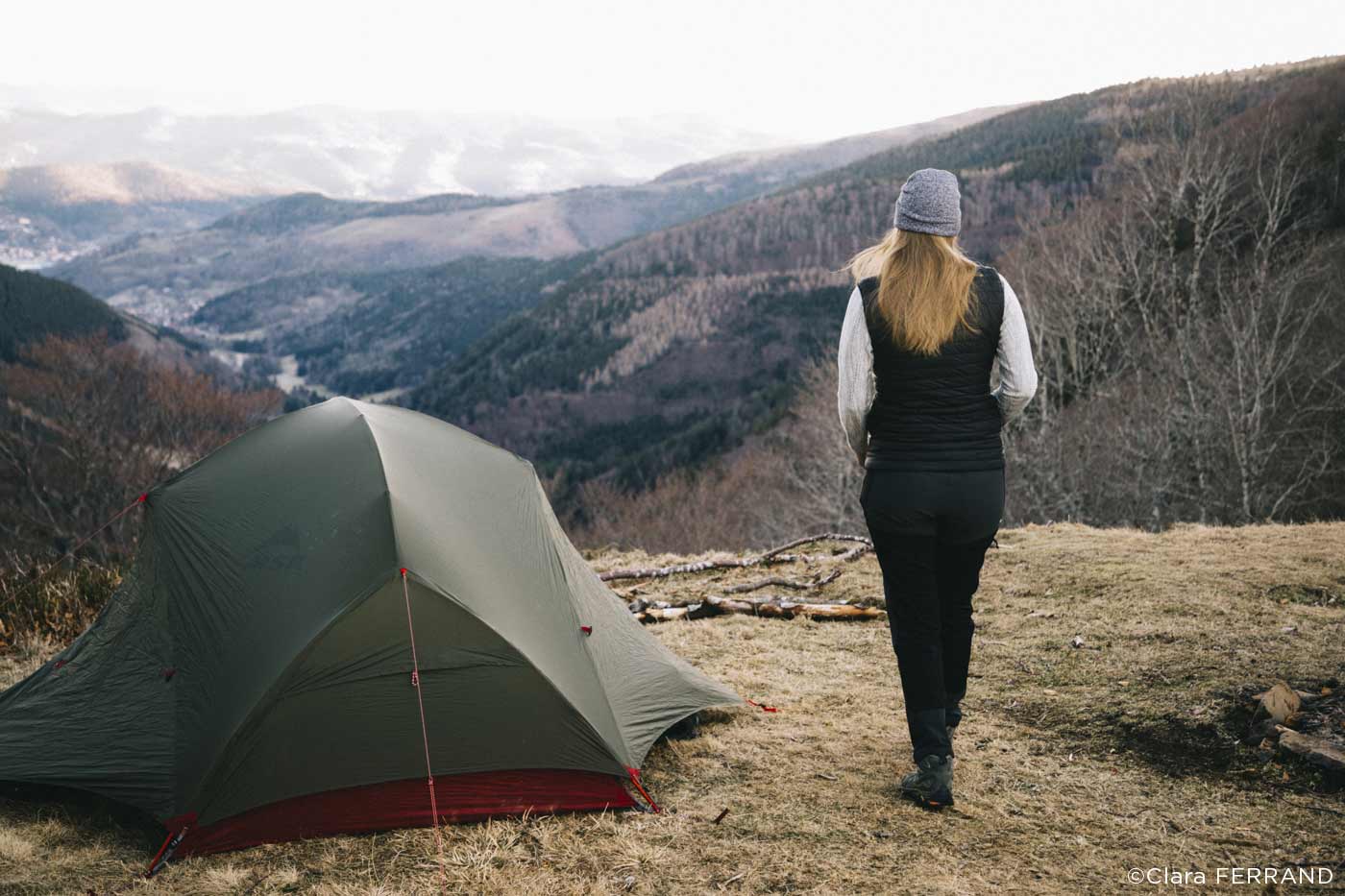
- UP TO 8 HOURS OF HEAT
Pack heated socks + bluetooth batteries
0
Secure payment
3x free of charge
Call us on
+33 9 71 00 10 48


